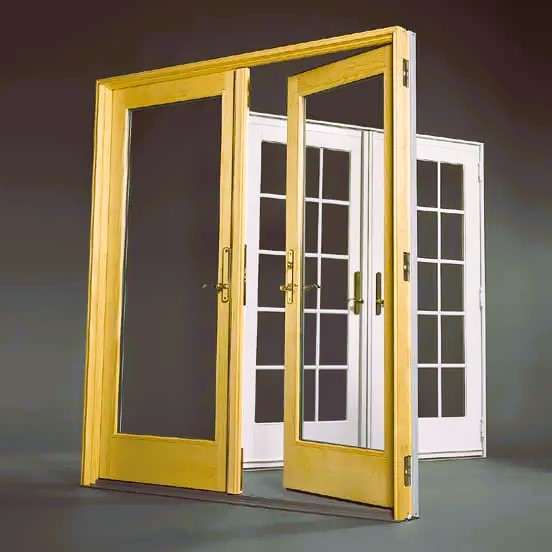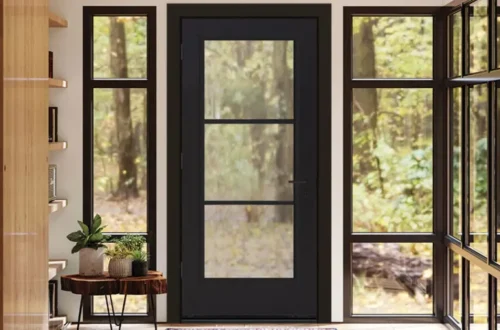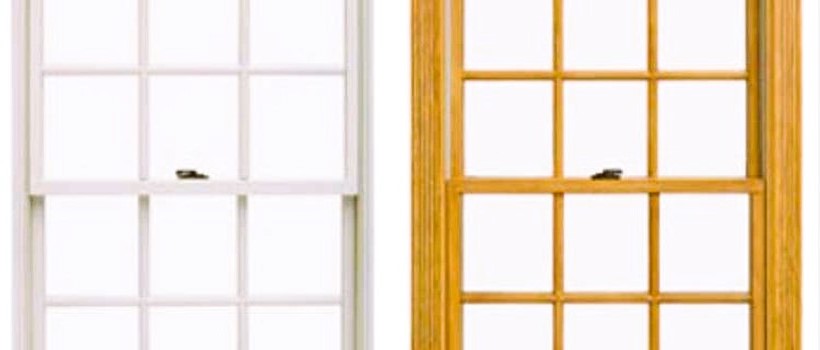Window condensation is a common issue that many Canadians encounter, especially during the cold winter months. While it may seem like a minor inconvenience, it can lead to more significant problems if not addressed properly. In this comprehensive guide, we will explore the causes of window condensation, prevention methods, and solutions tailored for Canadians to ensure a comfortable and healthy indoor environment.
Understanding Window Condensation
Window condensation occurs when moisture in the air comes into contact with a surface that is colder than the dew point of the air. This causes the moisture to transform into water droplets or frost on the surface of the window. Condensation can appear on the interior or exterior of the window, depending on various factors.
Causes of Window Condensation

Several factors contribute to window condensation in Canadian homes:
- Indoor Humidity: Canadian winters often require indoor heating, which can lower the relative humidity indoors. Dry air can lead to window condensation when it comes into contact with the cold windowpane.
- Temperature Difference: The temperature differential between the indoor and outdoor environments can cause condensation. In winter, the cold outdoor air meets the warm indoor air, resulting in condensation on the windows.
- Inadequate Ventilation: Insufficient ventilation can trap moisture indoors, exacerbating the condensation problem. Proper air circulation is essential to maintaining balanced humidity levels.
- Quality of Windows: Older or single-pane windows are more prone to condensation because they are less efficient at insulating against outdoor temperatures. Integrate technology into your home. using smart windows.
Prevention of Window Condensation
Preventing window condensation requires a combination of measures:
- Control Indoor Humidity: Invest in a hygrometer to monitor indoor humidity levels. Maintaining relative humidity between 30% and 50% can help minimize condensation.
- Ventilation: Proper ventilation is crucial to remove excess moisture from indoor spaces. Use exhaust fans in kitchens and bathrooms, and consider opening windows periodically to let fresh air in.
- Weatherstripping and Sealing: Ensure that windows are properly sealed and that weatherstripping is in good condition to reduce cold air infiltration.
- Use a Dehumidifier: If indoor humidity levels are consistently high, a dehumidifier can help maintain ideal humidity levels and reduce condensation.
- Upgrade Windows: Consider upgrading to energy-efficient double-glazed or triple-glazed windows, which provide better insulation and reduce condensation.
Solutions for Canadians

Canadian winters are known for their extreme cold, which can make window condensation more challenging to manage. Here are some specific solutions for Canadians:
- Window Coverings: Using heavy curtains or blinds during the night can provide an additional layer of insulation and reduce condensation.
- Storm Windows: Installing storm windows can create an extra barrier against the cold, reducing the temperature differential that leads to condensation.
- Heat Recovery Ventilation (HRV) Systems: HRV systems are designed to provide controlled ventilation while recovering heat from outgoing air. They help maintain indoor air quality while minimizing heat loss.
- Regular Maintenance: Ensure that your windows are well-maintained and in good repair. Cracked seals or damaged frames can contribute to condensation.
- Professional Advice: If condensation issues persist, consult with a professional window installer or an HVAC specialist for tailored solutions.
Window condensation can be a persistent issue in Canadian homes, but with proper understanding, prevention methods, and targeted solutions, it can be effectively managed. By maintaining optimal humidity levels, improving ventilation, and considering window upgrades, you can create a comfortable and healthy indoor environment during the winter months.
For more information on building standards and regulations in Canada, you can refer to Canada.ca. These resources provide valuable insights into construction and safety standards that may impact your window condensation solutions.






